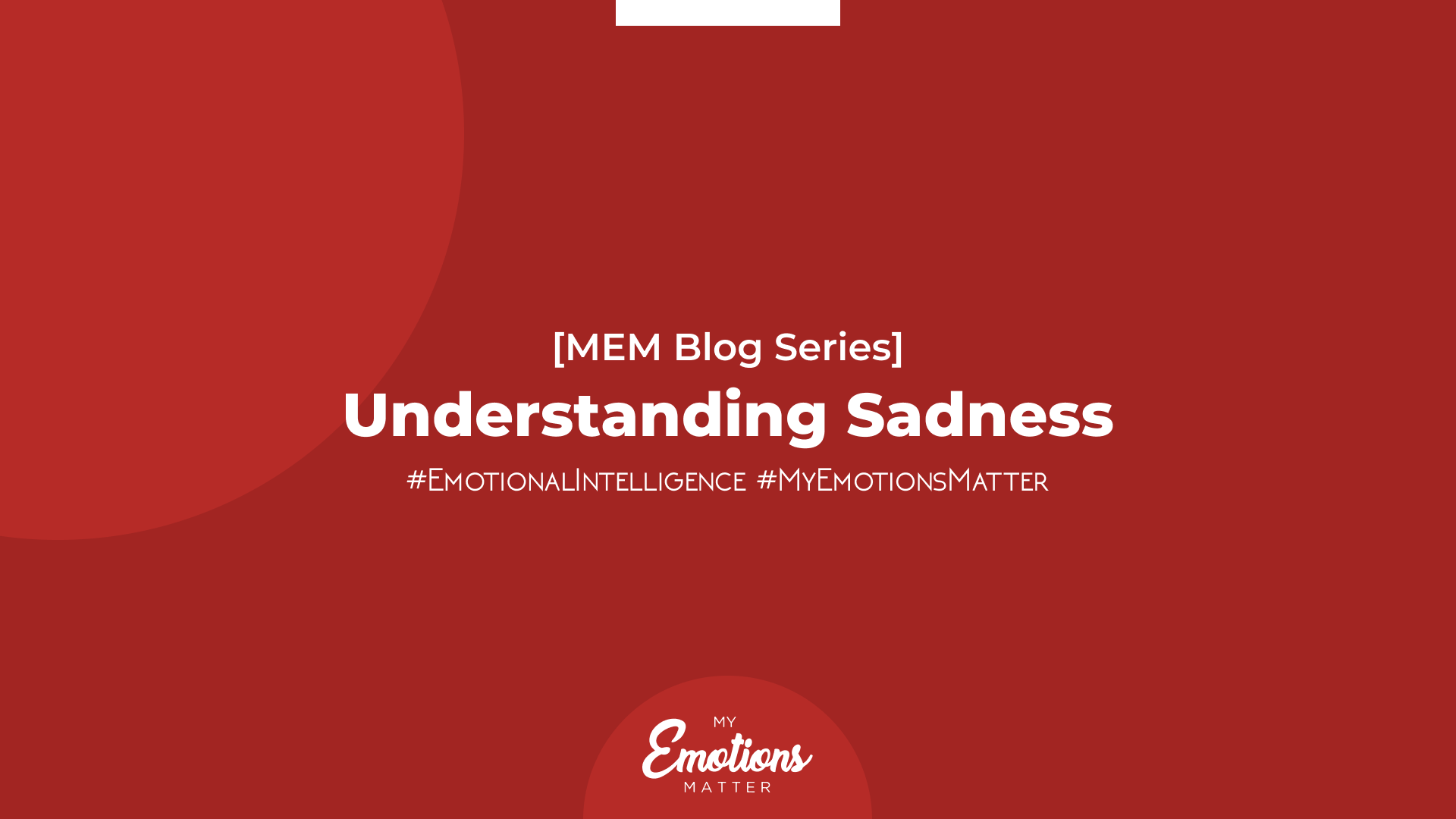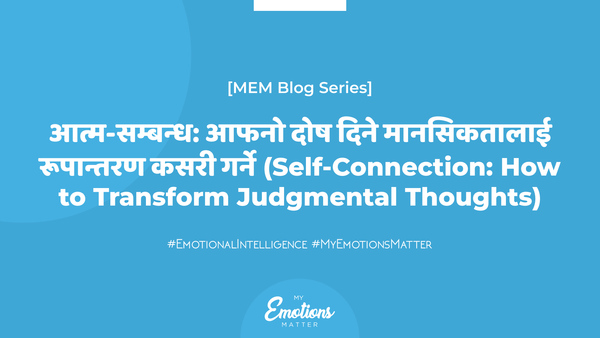Understanding Sadness
‘Why are you feeling so low?’ ‘It is going to be okay!’ ‘Cheer up!’ ‘Don’t be sad, don’t cry like a girl.’ These are things we say and hear in our interpersonal interactions. Sadness doesn’t readily get a place in social media posts or family dinners. People also find it challenging to share their sadness with friends or romantic partners to either not come across as complaining or ungrateful and even risk being misunderstood or shunned. Sadness is also closely associated with ‘overthinking,’ ‘cynicism,’ or ‘being depressed.’
People often navigate sadness with ‘toxic positivity’–the need to remain joyful regardless of the underlying feelings. However, we must understand that sadness is a basic and universal human emotion we experience in the face of a loss. The function of sadness is to help us connect with our loved ones (to seek comfort/support/empathy). So, it is not a ‘bad’ or ‘negative’ emotion, as usually perceived. Yes, experiencing sadness isn’t pleasant; therefore, it is an ‘unpleasant’ emotion. However, sadness signals that we need comfort, support, or empathy through the presence of the loved one(s).
When do we experience sadness? There could be many triggers for us to feel so. For example, failure/inability to accomplish a personal goal or expectation, facing rejection, witnessing people act contrary to their commitments toward us, experiencing the end of relationships, and losing loved ones to death. There could be more contextual nuances to experiencing sadness based on culture or interpersonal dynamics.
Different people cope with sadness differently. Some people like to take their space and return to working on what’s bothering them later. Some prefer to have conversations with loved ones to share the heaviness and despair associated with the feeling. Some completely shun it by forcing themselves to focus on things that are going well. Interestingly, some people also channel their sadness through other emotions like anger and fear. Consider the case of a person whose partner didn’t pick up their call or left their message on seen. Instead of communicating that firsthand sadness, they express their anger at their partner. On the other hand, they might leave their partner a series of texts expressing concerns about their whereabouts or having apprehensions about their relationship altogether. So, there can be a range of healthy and unhealthy mechanisms people opt for to navigate sadness.
It might also help to know some general tendencies or patterns we might have when we’re sad to understand ourselves better and to make choices more intentionally. When we feel sad, for instance, we see adverse situations on a more permanent spectrum of experience. For example, when we speak up in a group of friends, an office meeting, or a class, we might be disheartened when our thoughts or perspectives are not considered. So, we might think there’s no point in ever expressing ourselves again. Sadness also paints our worldview in a fashion where we start seeing everything from the lens of sorrow. We make the situations out to be more gloomy or hopeless than they might perhaps be. As in the previous example, we might start seeing the world as inconsiderate, uncaring, and unempathetic and even begin victimizing ourselves. When we’re sad, we also stop seeing the possibilities or the choice to facilitate change for the better. What’s worse, we sometimes feel choiceless to do anything at all. So, instead of choosing to speak up again in that gathering, meeting, or class, we stop ourselves from making any additional efforts because we assume that we’re bound to fail no matter what. We might sulk rather than speak. Another pattern accompanying sadness is that we don’t seem to be grateful for the things we have working well for us. Instead, we start paying attention to all those painful, inconvenient, and challenging things, which takes us further into the negative spiral of thoughts and actions.
The next time you are sad, pause and do things that make you feel at ease, but try not to run away from the sadness. Instead, redirect your efforts to connecting with yourself; ask yourself which unmet need the sadness is emerging from and what you can do about it at a favorable time. To navigate the emotion further, reach out to a loved one and explore the question together; there’s no shame in needing emotional support. Sadness does not indicate that our lives will continue to be sapped of hope, joy, love, connection, and anticipation. It signals that we are interpersonal beings and need support, empathy, care, and listening when we experience a loss or an unmet need. Sadness plays an essential role in asking us to take refuge in our connections–whether it may be the connection with ourselves or those we love and count on to support us, especially during adverse or challenging situations.




